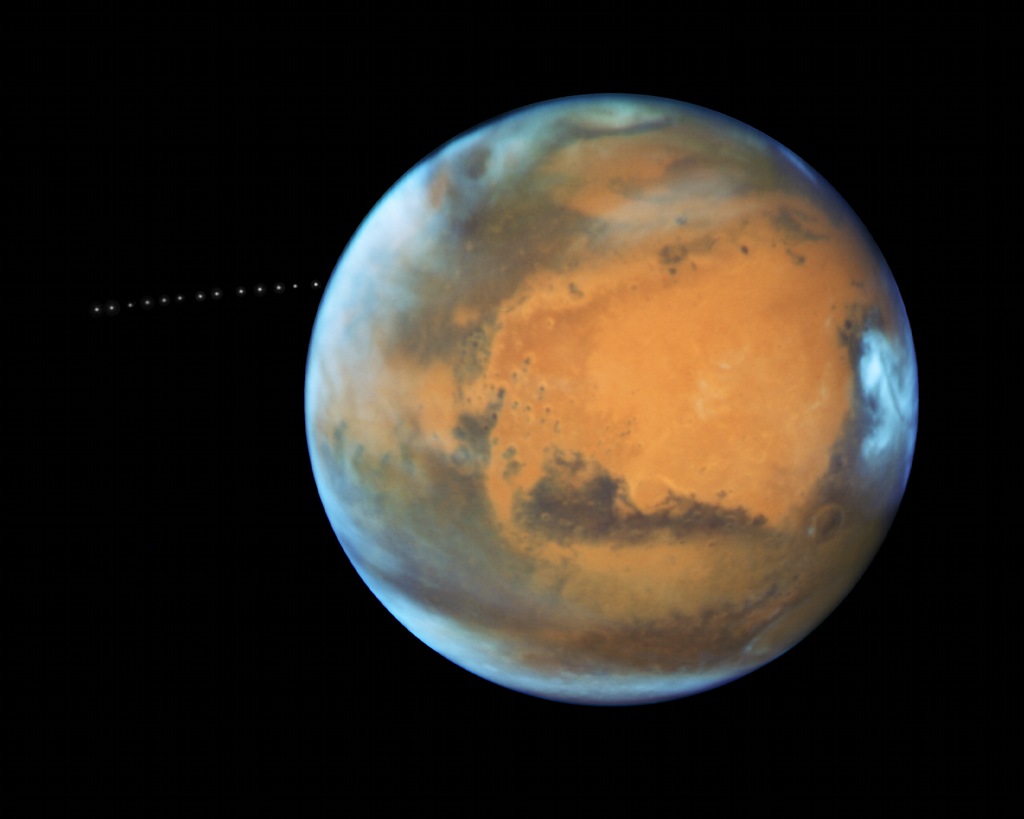The death of a massive star in a distant galaxy 10 billion years ago created a rare superluminous supernova, one of the most distant ever discovered. The brilliant explosion, more than three times as bright as the 100 billion stars of our Milky Way galaxy combined, occurred about 3.5 billion years after the big bang at a period known as 'cosmic high noon,' when the rate of star formation in the universe reached its peak.
via Science Daily
Zazzle Space Exploration market place
